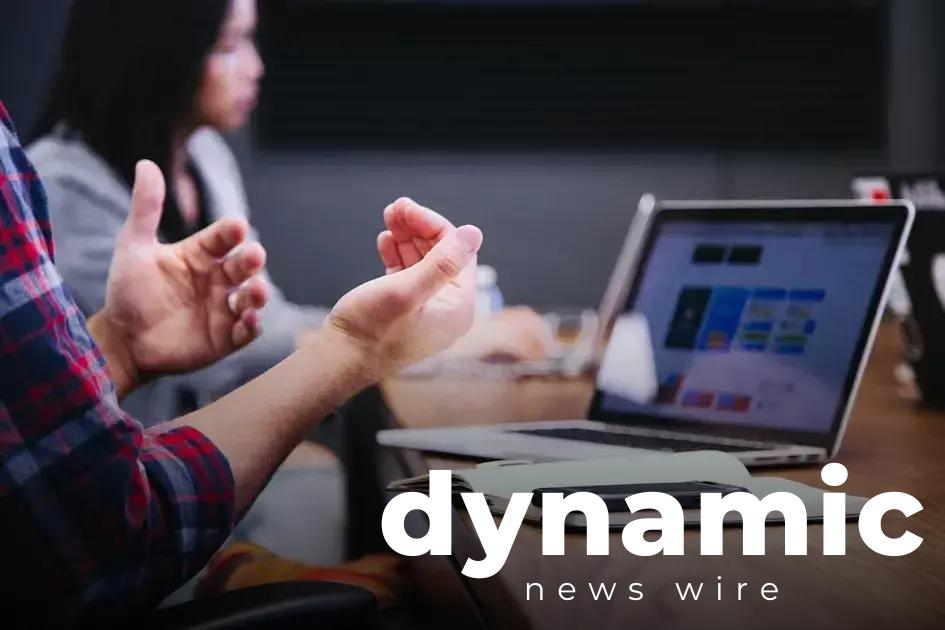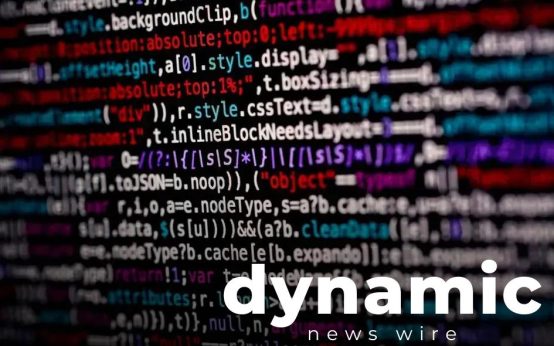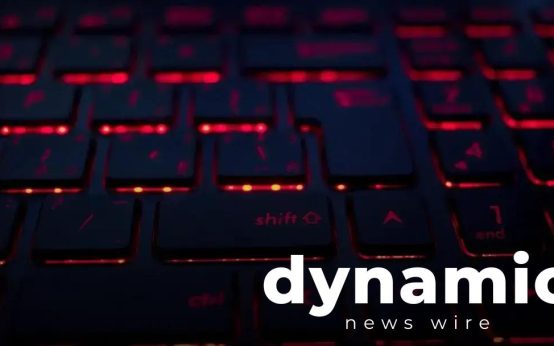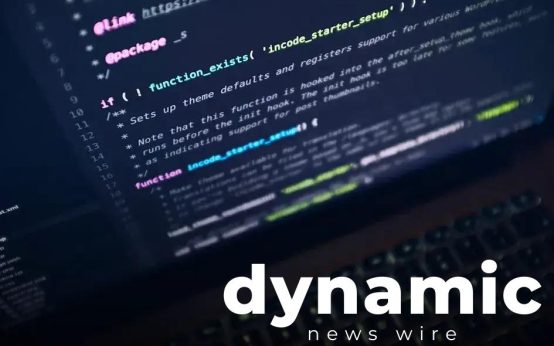As the lines between AI and human creativity blur, it’s crucial to explore the implications for the future of work. With AI rapidly advancing, how will it fit into roles traditionally filled by human ingenuity? Let’s delve into the potential impacts on industry, innovation, and employment. Can AI complement human creativity, or will it pose challenges we’ve yet to face? Understanding these dynamics is key, as we navigate a world increasingly influenced by artificial intelligence.
The Rise of AI in the Creative Industries
The integration of AI into creative fields is reshaping how art, design, music, and writing are produced. AI tools can generate visuals, compose music, and even write text with remarkable efficiency and precision. This technological advancement challenges traditional roles within these industries. AI offers artists new ways to experiment but also raises questions about originality and authenticity. Can machines truly create, or are they merely mimicking human creativity?
While AI can automate certain tasks, many believe the soul of creativity still resides in human thought and emotion, a space where machines are yet to venture. Some artists embrace AI as a powerful tool that can enhance their vision. For example, AI algorithms can analyze patterns in existing works and suggest innovative ideas, thereby acting as a collaborator rather than a replacement.
Creative professionals must recognize the potential of AI to diversify their methods and expand their artistic boundaries. The alliance between AI and human artistry can usher in unprecedented levels of ingenuity. This synergy allows creatives to focus on unique aspects of expression that machines cannot replicate, such as human experience and emotional depth.
Thus,
artists and creatives should adapt
to the growing influence of AI to not only survive but thrive. Mastering AI tools enables them to push the limits of what’s possible, creating a frontier for innovation where technology and human inspiration coexist harmoniously.
Comparing AI and Human Creativity: Pros and Cons

In the realm of creativity, both AI and humans bring unique strengths to the table, alongside certain limitations. Artificial Intelligence thrives in analyzing vast data, identifying patterns, and generating content based on algorithms. These capabilities result in efficiency, consistency, and speed that far surpass human capacity. For example, AI can quickly produce art, music, or writing by processing previous works and creating variations.
Conversely, human creativity often draws from emotions, intuition, and experience, culminating in new ideas that machines can’t replicate. Humans can make leaps of faith, see abstract concepts, and interpret art in subjective contexts, which AI may struggle to understand. Furthermore, humans possess the capability for emotional resonance and cultural nuance that can deeply connect with audiences.
However, a significant cons exist for both. AI’s reliance on algorithms sometimes results in outputs that lack originality or fail to resonate emotionally. On the other hand, human creativity can be limited by personal bias, fatigue, and the need for more time, making it less efficient in certain contexts.
Despite these differences, both AI and humans can complement each other effectively in creative processes. Integrating AI with human insight could lead to innovative outcomes that neither could achieve alone. For instance, AI tools can handle repetitive tasks and provide suggestions, allowing humans to focus on refining ideas and infusing emotional depth.
In summary, while AI and human creativity have their distinct pros and cons, they are not mutually exclusive. The key is to leverage their respective strengths, paving the way for groundbreaking advancements in various creative fields.
Potential Impacts on Employment and Innovation
The intersection of AI and human creativity presents significant ramifications for employment and innovation. As AI systems advance, industries can expect shifts in job markets. Traditional roles might see a decline due to automation, whereas new opportunities could emerge in fields at the forefront of technological progress.
AI has the potential to revolutionize workflows, enhancing productivity but also necessitating a dynamic workforce ready to adapt. Professionals may need to upskill to engage in more strategic and complex problem-solving tasks that AI cannot efficiently accomplish.
At the heart of this change lies the innovation space. AI can streamline processes, freeing human professionals to focus on tasks demanding creative input and human intuition. Collaborations between AI and humans have already sparked groundbreaking solutions, proving that these technologies can complement rather than replace human ingenuity.
Moreover, AI’s contribution to innovation can lead to completely new industries, fostering economic growth. Embracing AI while understanding its limitations will be crucial for creating a balanced environment where human creativity and technological prowess coexist. These advancements could drive the development of new business models, products, and services that previously seemed impossible.
Blending Human Ingenuity with AI Capabilities

In an era where AI is becoming increasingly prevalent, harnessing the distinctive strengths of human ingenuity alongside AI capabilities is a promising approach. Humans bring creativity, empathy, and intuition, which remain unrivaled by machines. AI, on the other hand, provides speed, precision, and the ability to process vast amounts of data more efficiently than any human can.
By merging these unique talents, businesses can spark innovation that neither could achieve alone. For example, AI can analyze data to identify patterns and trends, which humans might use as inspiration to generate novel ideas or design solutions that resonate on a deeper emotional level.
Furthermore, when AI handles repetitive or data-heavy tasks, it frees up human creativity. This allows professionals to focus on conceptual thinking and storytelling, areas where humans excel. By letting machines tackle automation, people can dedicate more energy to strategic planning and creative endeavors, driving progress in ways that purely machine-driven or solely human approaches may not accomplish.
Collaboration between AI and humans can also lead to breakthroughs in fields like medicine, where AI can assist in diagnosing diseases, but only human doctors can provide the empathy and ethical considerations necessary for patient care.
Blending human ingenuity with AI doesn’t just redefine tasks; it reshapes how we think about our roles in the workplace, encouraging a symbiotic relationship that leverages the best aspects of both to problem-solve and innovate.
What the Future Holds for AI and Creativity
AI continues to grow, pushing the boundaries of what creativity means. As technology progresses, AI’s influence on creativity becomes more profound. It is clear that AI will increasingly play a part in creative processes and decision-making in numerous industries.
How AI Could Reshape Creative Industries
The future may see AI taking on roles traditionally reserved for human creativity. Designers, artists, and writers could work alongside AI systems to produce unique creations. Already, AI-driven tools are helping artists generate astounding visuals, write contextually relevant content, and even compose music.
Beyond generating content, AI can personalize creative experiences for users. For instance, AI algorithms can analyze user behavior and preferences to customize products, whether designing custom-fit garments or personalizing digital interfaces. This interplay between AI and human creativity could redefine the landscape of creative industries significantly.
Challenges and Opportunities Ahead
AI’s potential in creativity is vast, yet it brings challenges alongside opportunities. How can we balance AI’s efficiency with the human touch in creativity? Educators and industry leaders must rethink skills needed for future creatives, emphasizing collaboration with AI tools.
Moreover, businesses will need to address ethical considerations and biases inherent in AI algorithms. As AI systems draw from existing data, there’s risk that they may replicate or magnify existing societal biases unless carefully managed.
Finally, AI has great potential to foster innovation within creative fields by harnessing large data sets to uncover insights and trends inaccessible to human analysis alone. This could lead to groundbreaking discoveries and advancements, pushing creativity into new territories.


 Understanding Zero Trust Security Models: A Beginner’s Guide
Understanding Zero Trust Security Models: A Beginner’s Guide  Best Practices to Protect Your Data Online: Essential Tips
Best Practices to Protect Your Data Online: Essential Tips  The Role of Generative AI in Content: Transforming Creation
The Role of Generative AI in Content: Transforming Creation